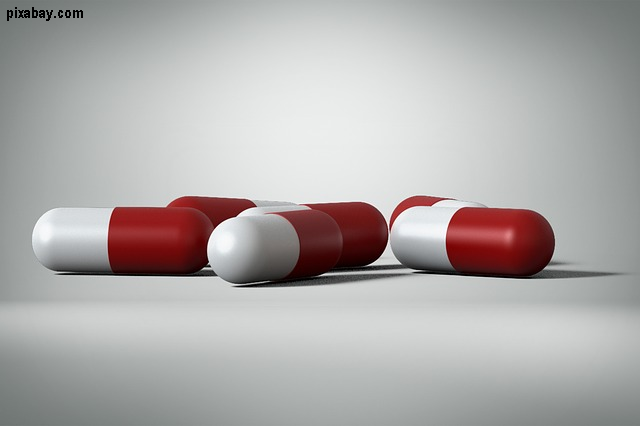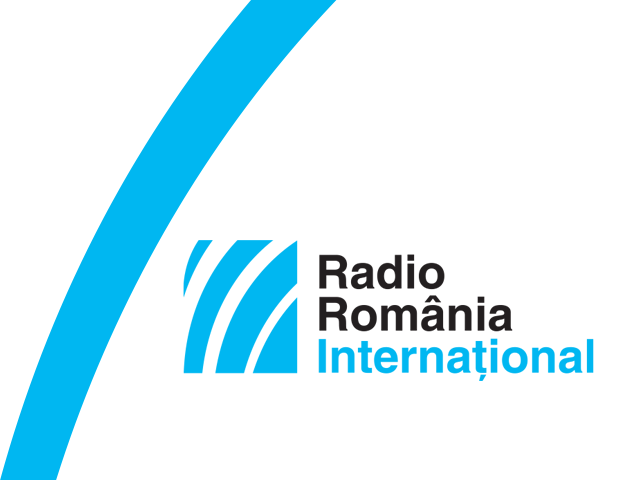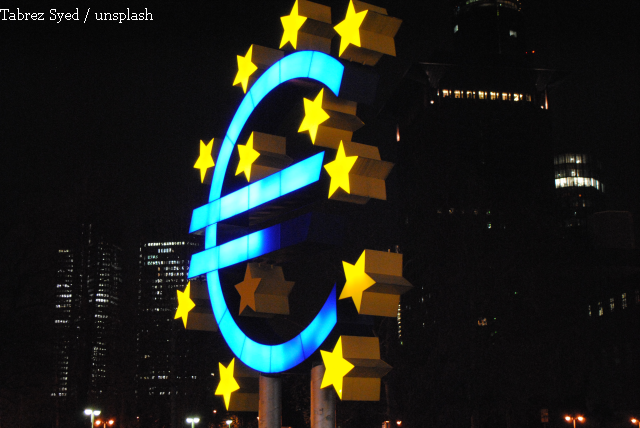The consequences of falsified medicine
Up to 10% of the medicines produced globally are falsified according to estimates of the World Health Organisation.

Corina Cristea, 02.08.2019, 19:30
Up to 10% of the medicines produced
globally are falsified according to estimates of the World Health Organisation,
and this phenomenon affects every country. The situation does not only cause
large profit losses for the pharmaceutical industry, but also poses a threat to
the persons who purchase the falsified medicine. According to the World Health
Organisation, the percentage of falsified medicine across the entire
pharmaceutical industry continues to grow due to a number of factors such as
the increasingly complex nature of supply chains, the expansion of electronic
commerce and the lack of the ability to impose sanctions.
To cope with the dramatic growth in falsified
industrial and consumer goods, various rules have been established in order to
protect the official supply chain. And, although in the Western countries the
percentage of falsified goods is not particularly high, regulations have been
nevertheless adopted that serve to identify, detect and track these goods.
Recently, a European directive containing medicine safety measures has come
into force. It stipulates that medicine packaging is to contain a special code
to prevent falsifying. The president of the College of Pharmacists, professor
Dumitru Lupuleasa has told Radio Romania:
Producers carry out extensive
research to discover medicines that are effective, on the one hand, and that
can be administered safely, in the sense of not generating secondary effects,
on the other. We speak of falsified medicine when the medicine is produced
through other means that the official ones and when it does not meet the
standards based on which the medicine in question has received authorisation to
be marketed in a certain country or region. It’s usually medicine that has a
high value on the market that is substituted, replaced with something else, an
endeavour which becomes profitable for those with such immoral and unhealthy
preoccupations. To address the increasingly frequent cases of substitution of
medicines with non-conforming products, this directive was drawn up, aiming to
make sure that the medicines reaching patients are safe.
Dan Zaharescu, the executive
director of the Romanian Association of International Drug Manufacturers
(ARPIM), will tell us next how falsified medicines came to be a problem within
the EU:
There were some fissures in the
standard commercial drug chain which allowed for the introduction of falsified
medicines. The purpose of this directive is to ensure patients that when they
buy medicines from a pharmacy those medicines are authentic not fake. We are
not talking now about the risks patients take when they buy medicines from
other sources than pharmacies – and these are risks that they need to be aware
of. If patients buy medicines online, from sources that cannot be controlled by
means of official channels through which medicines usually circulate, then they
will run serious risks.
Preventing the falsification of
medicines requires a complex approach, a key element being the tamper-proof
packaging, and this is the idea from which the European Directive started. That
is why the Falsified Medicines
Directive imposes
the use of compulsory safety features on the packaging of medicines such as a
unique identifier, a 2-dimension barcode, and an anti-tampering device.
Therefore, starting on February 9, 2019 no drug manufacturer can sell medicines
any longer that are not serialised, in the sense that each medicine box needs
to have a unique code that can be found in a European database. When
pharmacists sell such a drug to patients, when they scan it so as to introduce
it in the fiscal receipt they automatically check the validity of the serial
code of the respective medicine. If the software indicates that the medicine is
safe, the pharmacist can sell it to patients. Furthermore, serialised packaging
needs to have a seal, a self-stick seal or a safety feature that should prevent
the opening of the medicine box before being sold, as a guarantee of
authenticity. All these measures were taken in the context in which the
European Commission, the Interpol, the Europol and the National Agencies for
Medicines have identified along the years a number of falsified medicines and
have closed down illegal websites every year.






























